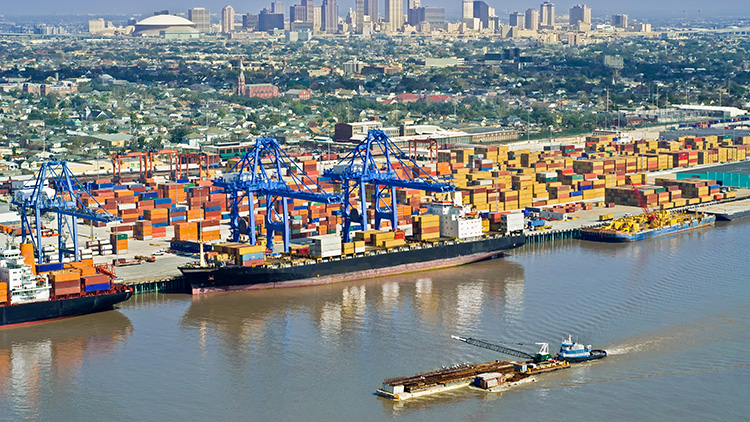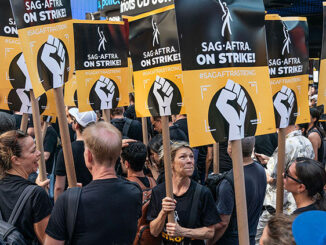
Have you walked into stores and seen empty shelves where goods used to be? Has someone in your family ordered something online and waited a long time for it to arrive? Maybe you’ve noticed higher prices for items in stores. Some experts blame these problems on the supply chain.
But what exactly is the supply chain? Why has it become a problem?
A supply chain includes all the processes that turn resources into goods and get those goods to consumers. To make a sweater, for example, a farmer shears the wool from a sheep and transports it to a wholesaler [someone who sells large amounts of goods at low prices], who sells it to a factory. The wool is transported to the factory and turned into sweaters. The sweaters are transported to shops and sold. If one part of the supply chain is slowed down, then the entire process is slowed down.
Before the COVID-19 pandemic, the supply chain ran pretty smoothly. But the pandemic caused a lot of problems. Many countries made people stay at home and away from work, so factories closed.
In some places, ships were not allowed to pull into docks, because people were worried that the ships might bring COVID-19 from one country to another. Many places in the supply chain were short on workers. Some workers still have not returned to work after the pandemic. With fewer truck drivers and dock workers, it’s harder to get products where they need to be.
Some countries are trying to solve these problems by hiring more workers and keeping important ports open 24 hours a day to unload more cargo ships. Other countries are trying to produce more fuel and important products like microchips. But experts say that it will take some time for the supply chain to return back to normal. That means that it might be hard to find some products, and some products might cost more than they usually do.
What Do You Think? How do you think problems with the supply chain have affected you and your family?
Photo Credit: Ed Metz/Shutterstock



